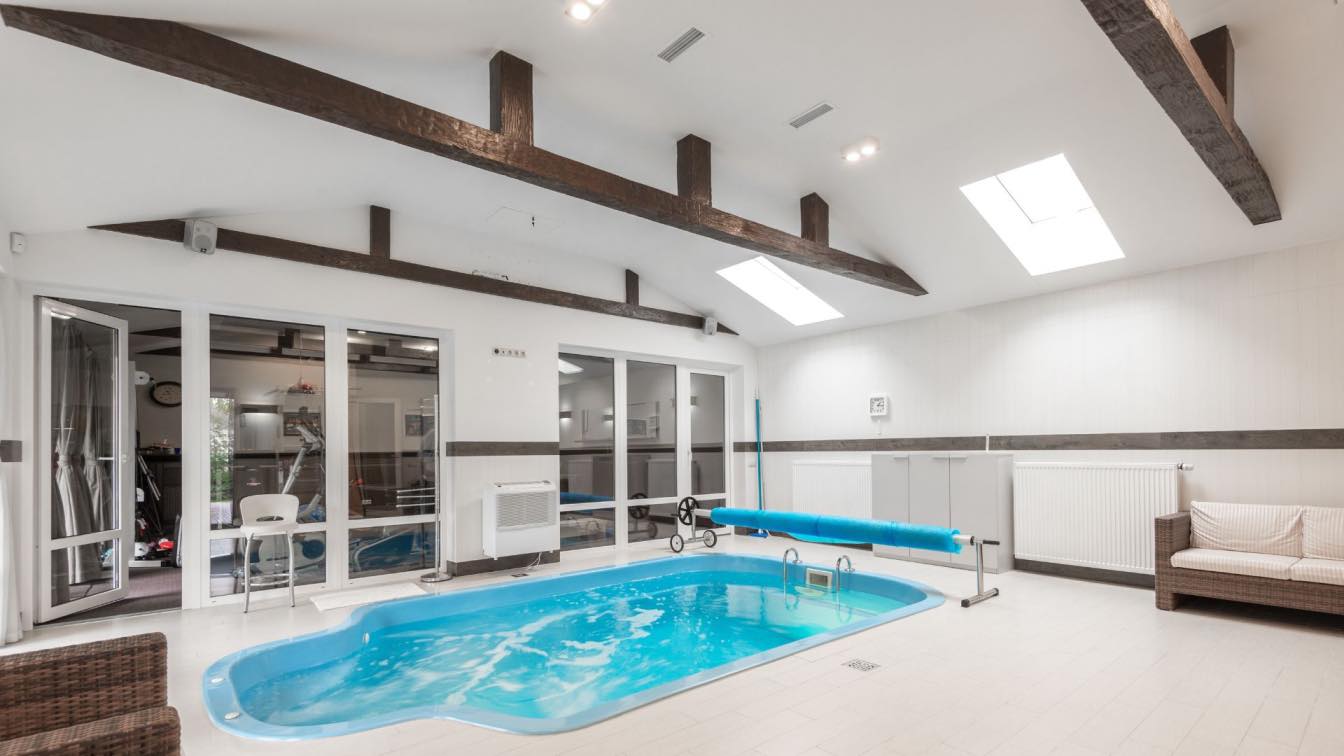There are few problems so annoying to you as a homeowner as a leaky roof. On a scale of zero to annoying, a leaky roof has to be super annoying on the scale. In this article, we will be looking at the most common roof problems and what the best ways are to address these issues.
Sagging or Distorted Roof
Look at the lines of your roof and see if it is visually deformed or sagging in areas. The design and shape of your home might make it hard to visually inspect all areas. In either of these cases, it is best to get an expert to have a look at your roof.
If your roof is sagging, it will need immediate attention. A sagging roof can lead to a large failure. A roofing expert will be able to repair the supporting structure like the rafters as well as fix the cause of the sagging. Sagging can be due to aging of the materials, bad design, or warping and degrading rafters due to a roof leak. Heavy snowfall can also cause the sagging of a roof.
A contractor will have to install extra braces or new rafters in your roof structure and make sure the structure is still safe and supported. They might also have to jack up the roof from the inside before installing new braces or additional rafters.
Leaky Roof
A leaky roof is easily the most common issue that is found anywhere in the world with roofs. Leaks can range from tiny little leaks that are hard to detect but will cause some damage over time to large roof leaks that can cause extensive damage to ceilings, walls, rafters, carpets, wooden floors, and your possessions in your home.
The number one cause of roof leaks is actually not the roofing material, but rather any joints where roofing material meets other surfaces or a different roof section. Leaks usually develop at these junctions. If you notice a leak, utilizing professional roofing services is essential in order to fix it as soon as possible. Places to check for roof leaks:
- Flashing around your chimney. This is where the roofing material meets your chimney. Carefully check especially the highest side of your chimney as water runs down to that joint with some force when it is raining.
- Joints between two roof sections. Two roofs sloping in different directions will often meet and have a joint. Leaks are common in these areas as water runs down these joints naturally.
- Boxed gutters. These are essential gutters with roofs sloping into them from two sides. A boxed gutter is often the source of leaks as a lot of water runs down it.
- Any other flashing where your roof meets other structures like walls, plumping or even skylights can be the cause of an issue.
You can also check the roofing material itself as these are in some instances the cause for leaks. Roofing material could be badly maintained or getting old. Check for missing roof tiles or shingles. Steel or aluminum roofs can sometimes come loose in places and might need to be screwed down nicely again. Sometimes a loose screw is also the cause of smaller leaks. Some roofing materials and surfaces do need maintenance and re-sealing from time to time.
If you are unsure where a leak is coming from, you should get a roofing contractor to have a look. A contractor will easily identify the source of your leaking roof, either from inside the roof or by inspecting the outside. They will also be able to suggest the correct and appropriate fixes that should last a long time.
Leaks at the Gutters and Fascia
Another area where leaks can occur is in the gutter and fascia area. To prevent this, be sure to clean your gutters regularly. Blocked gutters will overflow and water will go to places like the fascia and soffit where it can get into your roof. A properly working gutter is essential to move water away from your home and make sure that your basement and foundations stay dry.
Gutters that are blocked can also gather water that will make them very heavy. This can cause gutters to pull away from the roof or sag. Standing water in gutters can also cause them to rust and start leaking. Most gutter-related issues can be fixed by you as it only involves cleaning and fixing the hangers than keep the gutters in place.
 image © Robin Kutesa
image © Robin Kutesa
Make sure to quickly address any roof problems as they can quickly get worse. If you get a roof problem fixed as soon as you detect it, you will likely save money from having to repair further damage that can occur. You will also want to get your roof inspected regularly, even if you don’t notice any issues. An expert might see some issues developing that will be inexpensive to fix before they become larger problems.





